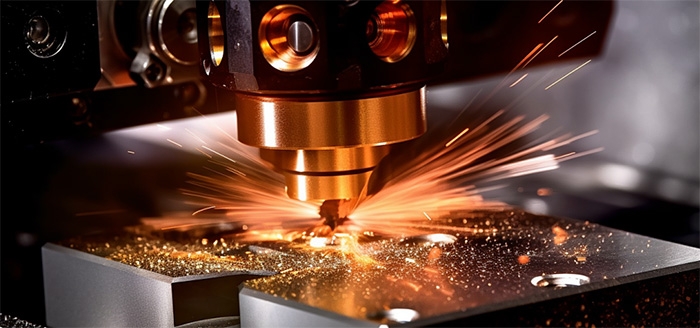With the rapid advancement of renewable energy technologies, solar power—a clean and sustainable energy source—is increasingly becoming a part of our daily lives, even in traditionally high-energy consumption areas like welding. Once confined to industrial environments, welding machines are now accessible to DIY enthusiasts, artisans, and even home workshops, serving as essential tools for creativity and practicality. But how can you use a solar system to power a welding machine in an environmentally friendly and cost-effective manner? This blog delves into this topic, offering a detailed guide from theoretical calculations to practical operations.
Matching Welding Machine Power Requirements with a Solar System
1. Basic Power Calculation for Welding Machines
The power requirement of a welding machine is determined by its voltage, current (amperage), and efficiency. The formula is expressed as Power (Watts) = Voltage (Volts) × Current (Amps) / Efficiency. For example, a 24V, 150A welding machine with an efficiency of 0.85 would require approximately 4,235W (or 4.24kW). This calculation forms the basis for selecting a suitable solar system.
2. Solar System Configuration Principles
Continuous Power and Peak Power: The solar power system must account for both continuous output power (operating power) and peak output power (surge power). For welding machines, it is crucial to ensure that the generator’s continuous output power meets or exceeds the rated power of the welding machine.
Time Factor: Considering that welding is typically done intermittently—such as 15-20 minutes per hour—the total energy consumption will be correspondingly lower. However, to ensure a stable power supply, the system should still be configured based on peak demand.

Choosing a Solar Generator and Solar Panels
- Advantages of a Solar Generator: Compared to directly connecting multiple solar panels, a solar generator offers greater portability, ease of use, and instant power availability. Solar generators usually integrate a battery pack, inverter, and control system, providing stable AC output directly to the welding machine without requiring complex installation and adjustment processes.
- Selecting the Right Generator Specifications: Based on the power requirements of the welding machine, choose a solar generator that at least matches its rated power. To account for efficiency losses and potential future upgrades, it's advisable to opt for a generator with a slightly higher power output. Ensure that the generator supports the required voltage and current range of the welding machine. For example, if the welding machine requires 24V, 60A input, the generator should support at least this specification or higher. Choosing a reputable brand with reliable quality ensures long-term stable operation and after-sales service.
- Supplementing with Solar Panels: If conditions allow, supplementing the solar generator with solar panels can provide self-sustaining energy cycling. When selecting panels, ensure that their total output exceeds the generator’s charging needs to enable fast, efficient charging. Additionally, install the solar panels in a sunny, unobstructed location to maximize energy production.
Considerations for Welding Processes and Energy Consumption
Types of Welding Processes: Different welding processes (such as manual arc welding, gas-shielded welding, laser welding, etc.) have varying energy requirements. Understanding and assessing your welding needs helps in more accurately configuring the solar system.
Optimizing Energy Efficiency: Whenever possible, schedule welding activities during sunny periods to maximize solar energy usage. Select energy-efficient welding torches and accessories to minimize unnecessary energy waste. Keep the welding machine and solar system in good condition, regularly clean the solar panels, and check the connections to ensure efficient operation.

Safety Considerations
1. Electrical Safety: When performing welding operations and handling the solar system, always follow relevant electrical safety protocols. Wear appropriate protective gear to prevent electrical shocks and fires.
2. Environmental Safety: Ensure that the welding area is well-ventilated and free from flammable and explosive materials to prevent the buildup of harmful gases and reduce the risk of fire.
3. System Stability: Regularly check the stability of the solar system to ensure safe operation, even under adverse weather conditions.
Using a solar generator to power a welding machine aligns with the trend of green and sustainable development. It can effectively reduce operating costs and enhance operational flexibility. Through proper system configuration and scientific energy management, you can achieve high-efficiency energy utilization and sustainable development while ensuring welding quality. We hope this guide provides useful reference and assistance on your journey to using a solar-powered welding machine.
